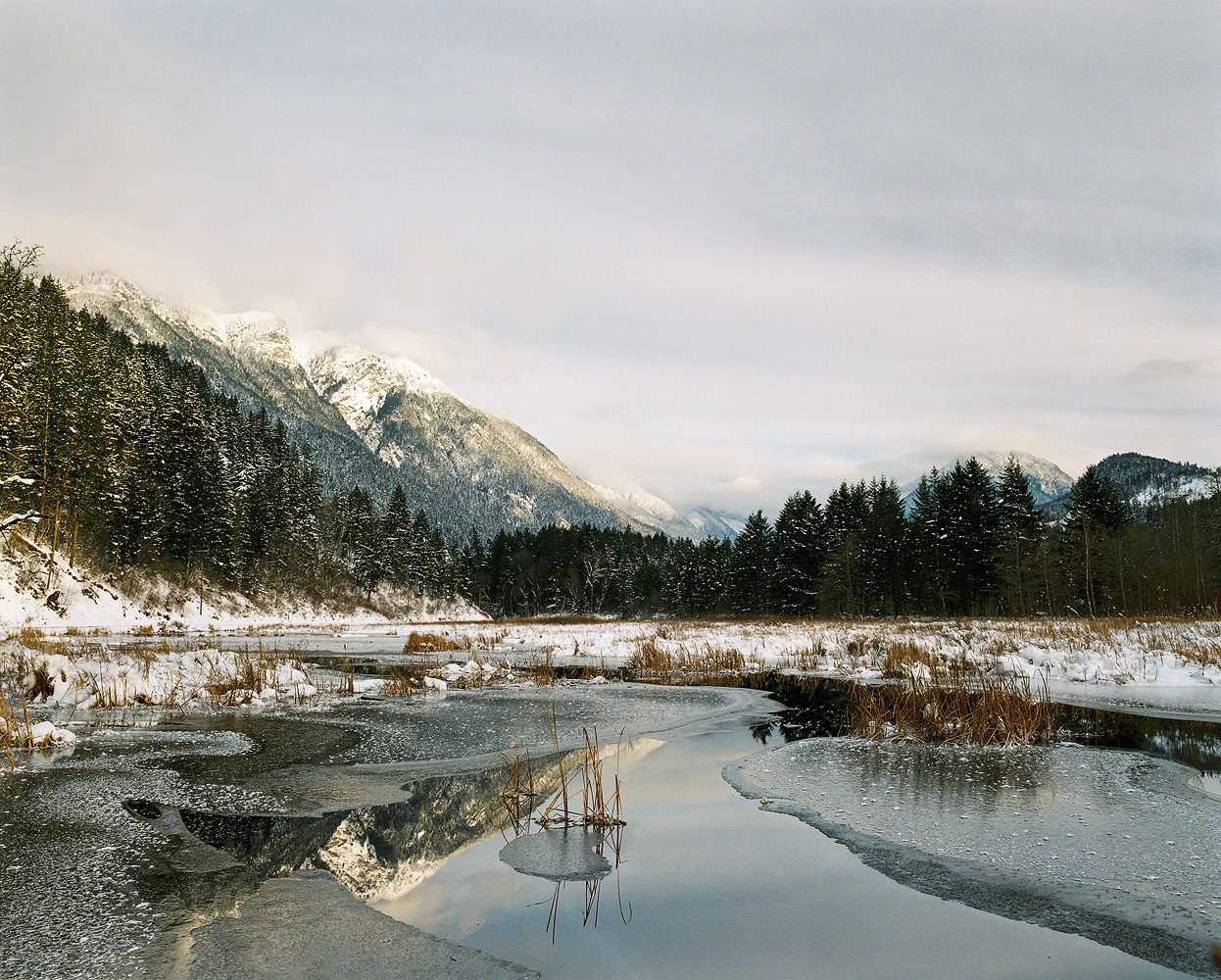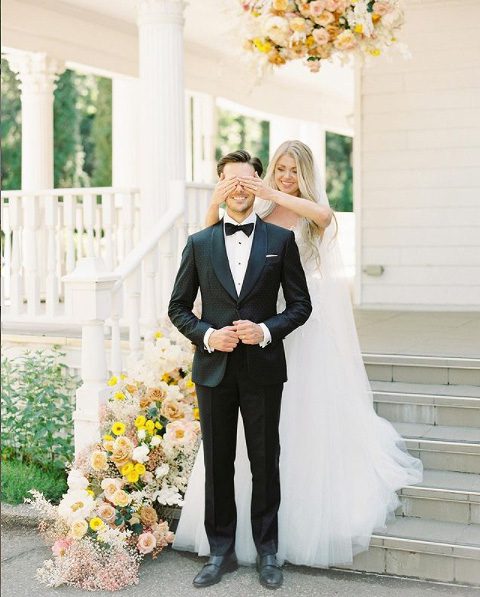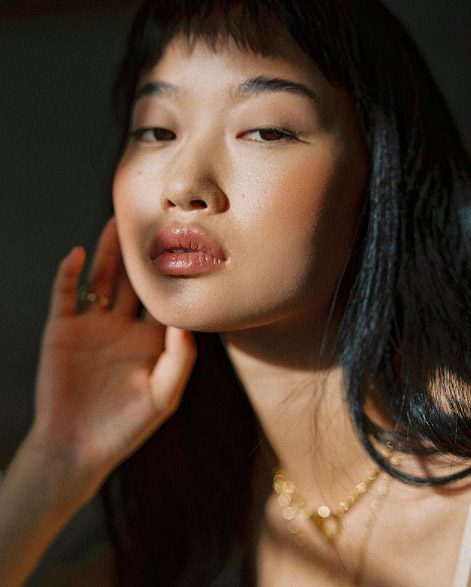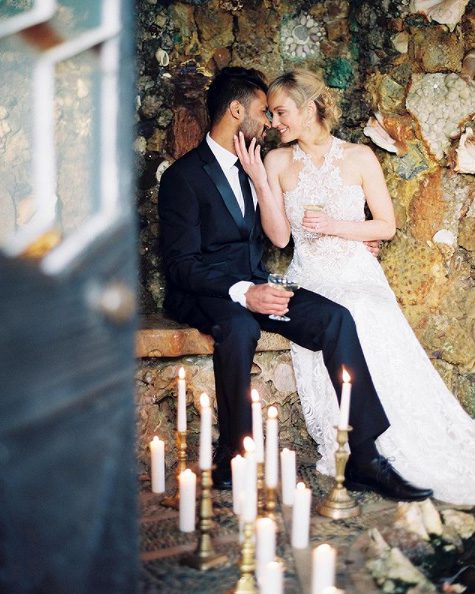When starting out in the world of film or when returning to it after a time apart, the number of choices and factors to consider can be pretty daunting. What format to shoot? Which camera to buy? Which lens? Which film? All of these important questions have a number of possible answers which will vary depending on your personal preferences. Choosing a lab to develop and scan your film is also a key decision. This handy guide will help you choose and develop a rewarding relationship with your lab, as well as outlining some factors to think about if you are considering trying a new lab. We have tried to keep this article fairly generic so that it’s useful to everyone. However, if you are interested to find out about what we offer and what our service includes at UK Film Lab, you can find out all about it here or for information on our complimentary scan tailoring service UKFL-Pro, click here.
Step 1 – Identify what is important to you
There are a number of reputable, professional labs around the world. At first glance, the services and even the images that they produce, may seem reasonably similar. And in fact, sometimes they are reasonably similar. But there will be a number of (sometimes subtle) differences across a range of key factors. The important thing is to work out what factors are most important to you, and from this, try to work out what lab or labs appear to be a good fit for you.
Here are a few factors you might want to consider…some will be very important to you, others less so:
– How good will my images look? Sounds simple but this can be a tricky one, because there are so many factors at work. You will probably be able to get a general feel for the quality and ‘look’ of the lab’s output from images shared by photographers who use the lab, and by the lab itself via websites, blogs and social media, so the initial stage is really about looking and starting to get a feel for things. However, there are just a few things to think about…When photographers share images processed by a lab it’s not possible to tell how much extra editing the photographer may have done to the image…a degree of additional editing by the photographer is nothing unusual in itself but obviously this changes the final result and may mean that the image is more or less to your taste, due to the photographer’s personal editing choices. One more example – if a photographer posts an image that they’re not happy with, how much of that was an issue with what the lab did, and how much of it was down to the way the photographer took the shot? Again, not possible to tell, and it can make matters a little confusing. This is why personal recommendations and personal experience are vital (see Steps 2, 3 and 4).
– What exactly will the lab do to my images? There are varying degrees of ‘work’ that can be done in the scanning and editing process. Your lab should provide information about what exactly is included for the price you are paying (take a look at their Frequently Asked Questions and if anything isn’t clear, drop them a line to clarify).
– Feedback. By the time a photographer’s images have been ‘corrected’ in terms of exposure and colour balance by the lab, some problems with the way the shots were taken (for example, the way the image was exposed) may have been masked to a certain extent. Some but not all labs will provide feedback about exposures and possibly other factors that have directly influenced the way the final scanned images look. Why might this be helpful to you? A really well exposed shot will give a better final result than a poorly exposed one. If your lab gives you feedback it gives you the opportunity to improve your exposures the next time you shoot.
– Customisation. Is it important to you that the lab will tailor their scanning and editing process to help you work towards the look you want to get from your film images? Is this service included or does it cost extra?
– Customer service. It’s difficult to get a feel for this unless you have used the lab yourself or had personal recommendations, but the quality of the customer service experience can be a key factor for many photographers…do the lab staff seem friendly, professional, helpful and interested in what is important to you?
– Turnaround time. Bear in mind that the turnaround times of a lab such as UK Film Lab will almost certainly be longer than a high street lab. The difference is that most high street labs will use automatic settings to scan your images so there won’t be any corrections made for exposure or colour balance.
– Price or perhaps more helpfully, value i.e. what are you getting for your money in terms of service and quality.
Step 2 – Personal recommendations
Getting personal recommendations from trusted friends and colleagues can really help you to narrow down your search for a lab, once you have determined what factors are most important to you personally. It’s probably a good idea to ask how much experience of using the lab they have. For example, if you are looking to shoot quite a lot of film and build a long-term relationship with a lab, it could be particularly valuable to get feedback from someone else with similar priorities as opposed to a less regular user.
Step 3 – Send in your first orders
Yep, that’s orders plural 🙂 One order is often not enough to know for sure whether or not you’ve found your lab (see Step 4).
Sometimes, in their understandable eagerness to try out a lab, a photographer will shoot something pretty hastily, which is unrepresentative of their usual work. When you receive your images back, this won’t really tell you what you need to know, which is – for the type of work that I’ll be sending to my chosen lab, what might I expect my images to look like? So for your first orders, try to send in work that is representative of the type of shots you’ll typically be sending to your lab, and take just as much time choosing your subject matter, lighting and exposure as you will do when you usually shoot. Also, if there are any particular things to note about your images, make sure you tell your lab when you place your order (there will often be a notes space on the order form). In the absence of any particular specifications from you, most professional labs will tend to aim for an overall neutral look in terms of colour balance and contrast.
So, assuming you have sent in your first order with one or more rolls of your typical shots, and you have your scans back…
Step 4- Evaluate the experience
Look at your scans, and – very importantly – if your lab provides feedback, look at this too. Some of our clients at UK Film Lab look at their feedback before anything else, as it gives them immediate information about any issues to expect when they look at their scans. As a simple example, significant underexposure by the photographer is likely to have a detrimental impact on the final result. Ruling out any such issues, are you happy with the images? (As a general rule you will need to carry out a final edit of your images, although this varies – the important point is that any additional work you do should be in line with the service your lab describes itself as offering).
Now the most important part – feed back! If you are very happy with your images, your lab will probably love to hear this positive feedback. If you are broadly happy with your images but would prefer a few tweaks on your next order, feed this back to your lab too. You may be able to do this as part of a custom profiling service if your lab offers this. The key thing you should look for here is a willingness on the part of the lab to have a conversation with you about your preferences, whilst being prepared to explain to you any factors within your control, which limit their ability to produce the results you’re looking for. When your next order comes back, has the lab tried to take on board your feedback, bearing in mind any constraints that factors outside their control may have played?
Step 5- Develop and maintaining the relationship
A good quality professional film lab is staffed by highly skilled staff – sometimes photographers or creatives themselves – with an excellent eye for colour and a wealth of experience. In terms of getting consistent results that give your brand a uniform, high quality identity, a successful, positive, long-term relationship with your lab – based on mutual feedback and respect – is very desirable. Keep talking to one another. Over time, if you have chosen a good quality lab and one that’s right for you, they should build up a great feel for your work and become a key, valued and trustworthy ‘partner’ in your business. As with every relationship, months or years down the line, additional tweaks might need to be made, particularly if you change your shooting style. However, throughout all of this your lab should make you feel that they are interested in you as a client, that they have a genuine desire to help you get the best results from your images, and of course they should offer consistently good results and professional service.





